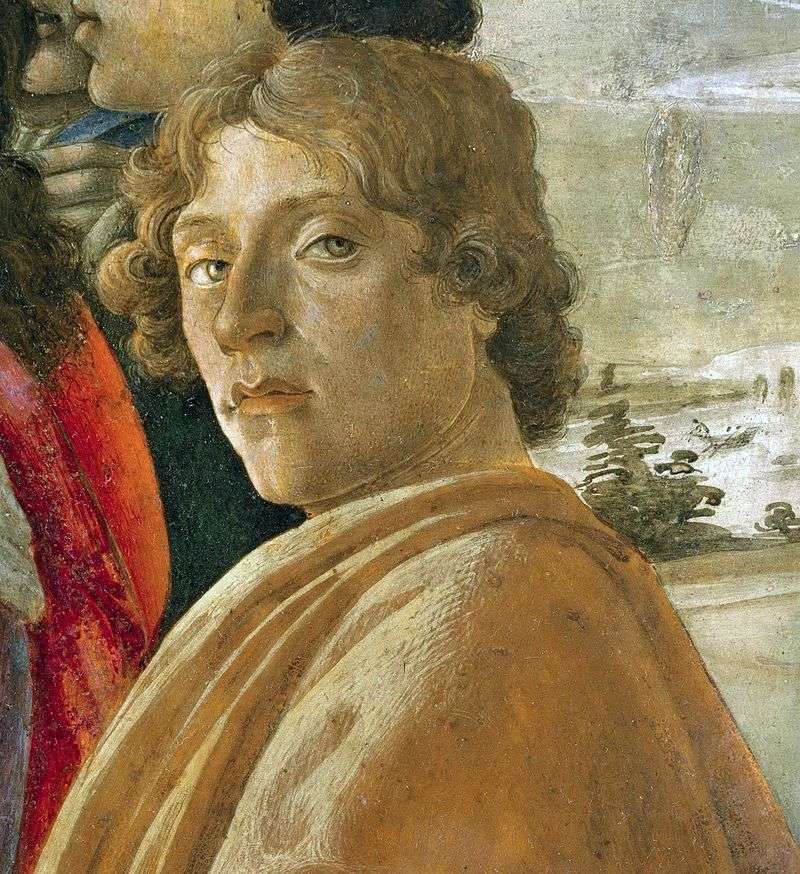
Return of Botticelli, we owe the English artists of the mid-19th century, who called themselves Pre-Raphaelites. In full accordance with the name, they turned to the art of the pre-Raphaelite age – the medieval and early Renaissance. In it, they saw an unusual spiritual beauty, sincerity and profound religiosity, it re-discovered long-forgotten images and motifs.
One of the idols of the pre-Raphaelites was Botticelli, but the admiration of English painters gave only the first impetus to the ever-growing fame of this master. European culture has found and continues to find in its heritage something vital for itself. What? Perhaps acquaintance with the “Birth of Venus” – the most beautiful among the paintings of Botticelli, will help us to understand this.
Botticelli created this picture around 1484, being already a mature recognized master. He not so long ago returned to his native Florence from Rome, where he performed the honorary order of Pope Sixtus IV: along with other major artists painted the frescoes of the walls of the Sistine Chapel. In Florence, the brilliant era of the Medici was nearing its end. The brightest representative of this banker’s dynasty, Lorenzo the Magnificent, continued the traditions of his grandfather Cosimo and Piero’s father, enlightened tyrants and generous patrons of art, philosophy, poetry.
Feasts, carnivals, tournaments, unprecedentedly magnificent city festivals followed one another. But still alive was the memory of the recent tragedy: in 1478 the conspirators of the Pazzi family killed the favorite of the whole city, the younger brother of Lorenzo the Magnificent Giuliano, and the tyrant himself only accidentally escaped death and severely dealt with the conspirators. The power of the Medici again seemed boundless, and among those who were noted and cuddled by it was the painter Sandro Botticelli.
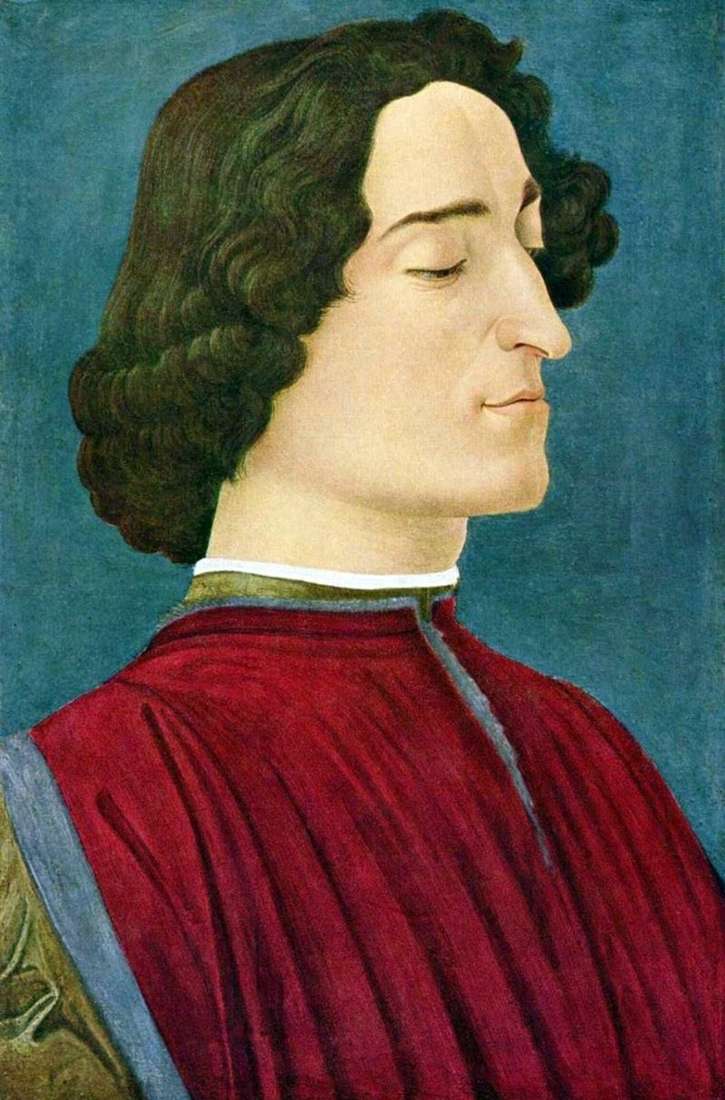 Portrait of Giuliano Medici by Sandro Botticelli
Portrait of Giuliano Medici by Sandro Botticelli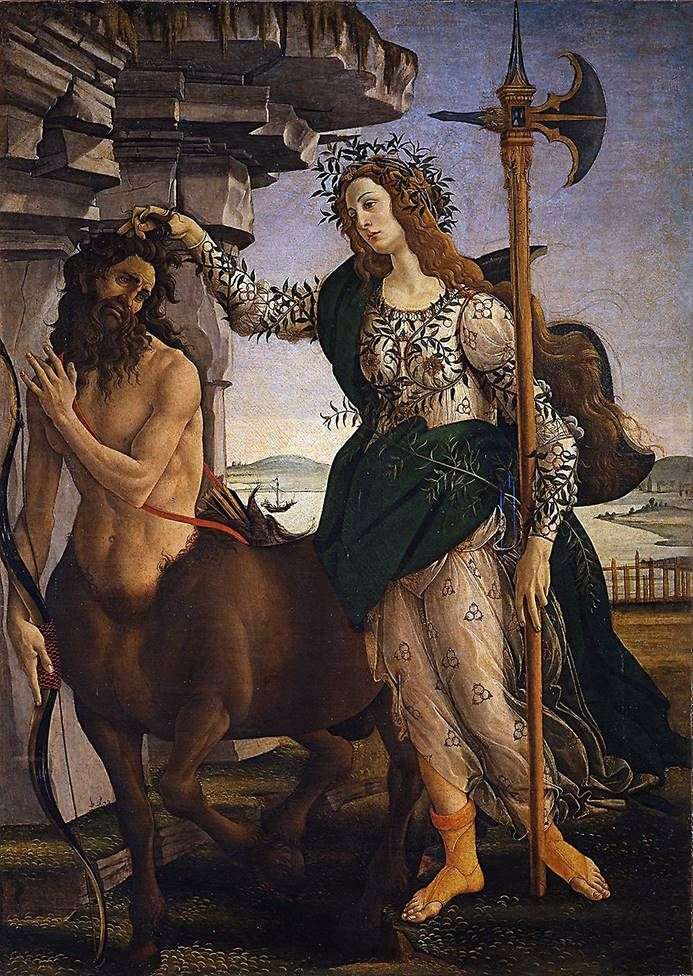 Athena Pallada and Centaur by Sandro Botticelli
Athena Pallada and Centaur by Sandro Botticelli Primavera (Spring) by Sandro Botticelli
Primavera (Spring) by Sandro Botticelli Adoration of the Magi. The altar of Zanobi by Sandro Botticelli
Adoration of the Magi. The altar of Zanobi by Sandro Botticelli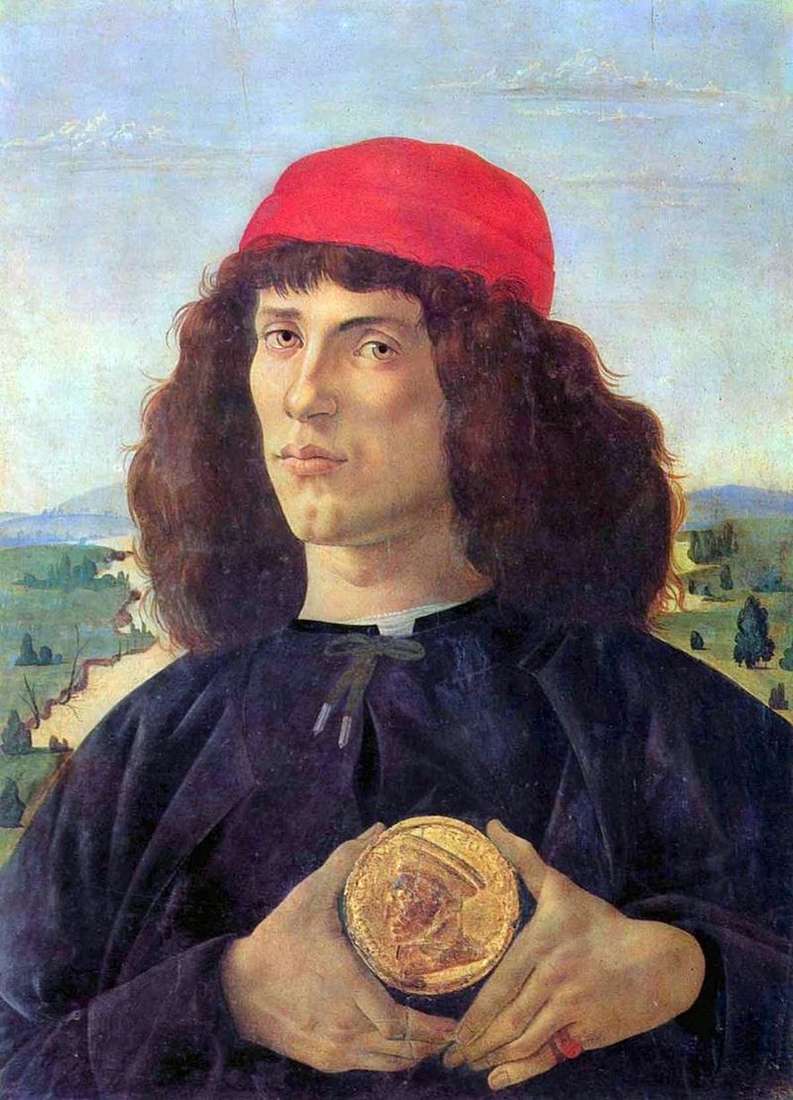 Portrait of a man with a medal by Sandro Botticelli
Portrait of a man with a medal by Sandro Botticelli Portrait of Simonetta Vespucci by Sandro Botticelli
Portrait of Simonetta Vespucci by Sandro Botticelli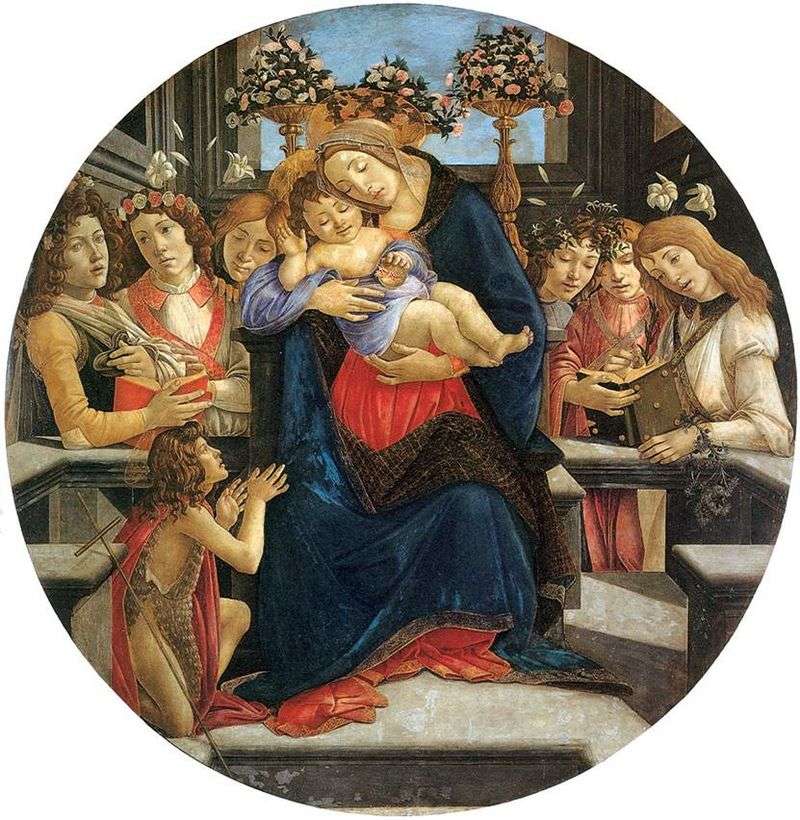 Madonna with Child, Angels and Saint John the Baptist by Sandro Botticelli
Madonna with Child, Angels and Saint John the Baptist by Sandro Botticelli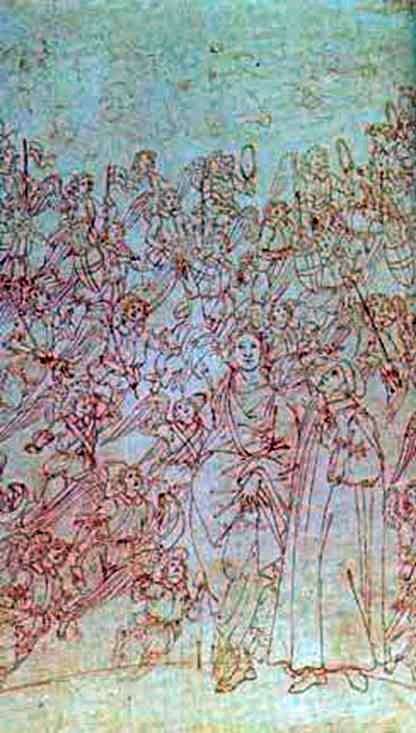 Dante and Beatrice, from the “Divine Comedy” by Sandro Botticelli
Dante and Beatrice, from the “Divine Comedy” by Sandro Botticelli